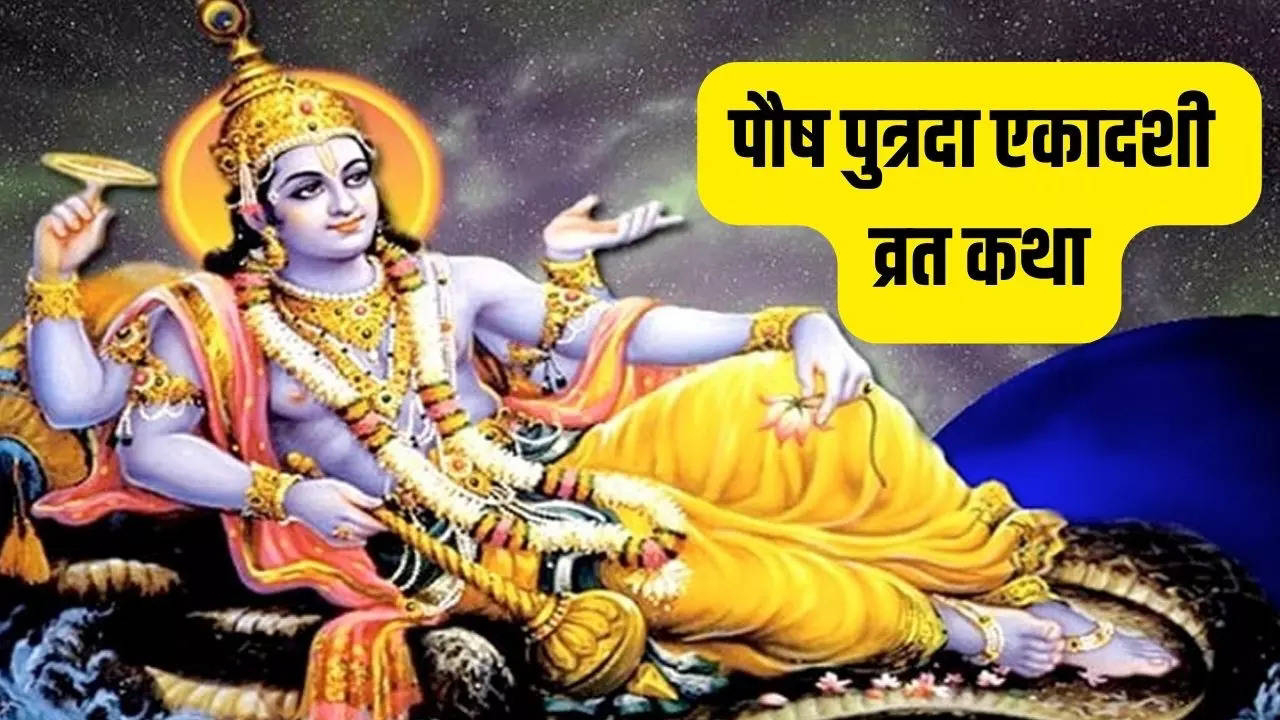Putrada Ekadashi vrata Katha.

Putrada Ekadashi is a sacred Hindu observance celebrated in honor of Lord Vishnu, specifically as the bestower of offspring. The word "Putrada" translates to "giver of sons," emphasizing the significance of this Ekadashi for those seeking progeny. The associated vrat katha, or sacred narrative, narrates the story of Maharaja Suketuman and his queen, Shaibya. Despite their virtuous lives, the couple faced the anguish of childlessness. Distraught, they approached the great sage Vasishtha for guidance. Sage Vasishtha advised them to observe the Putrada Ekadashi vrat, explaining its potency in fulfilling desires for offspring. Eager to follow the sage's counsel, the royal couple faithfully observed the Ekadashi vrat with utmost devotion. Pleased with their sincerity, Lord Vishnu blessed them with a divine fruit, which Queen Shaibya consumed. Soon after, she conceived a child, and in due course, gave birth to a healthy son. The couple's joy knew no bounds, and th...








